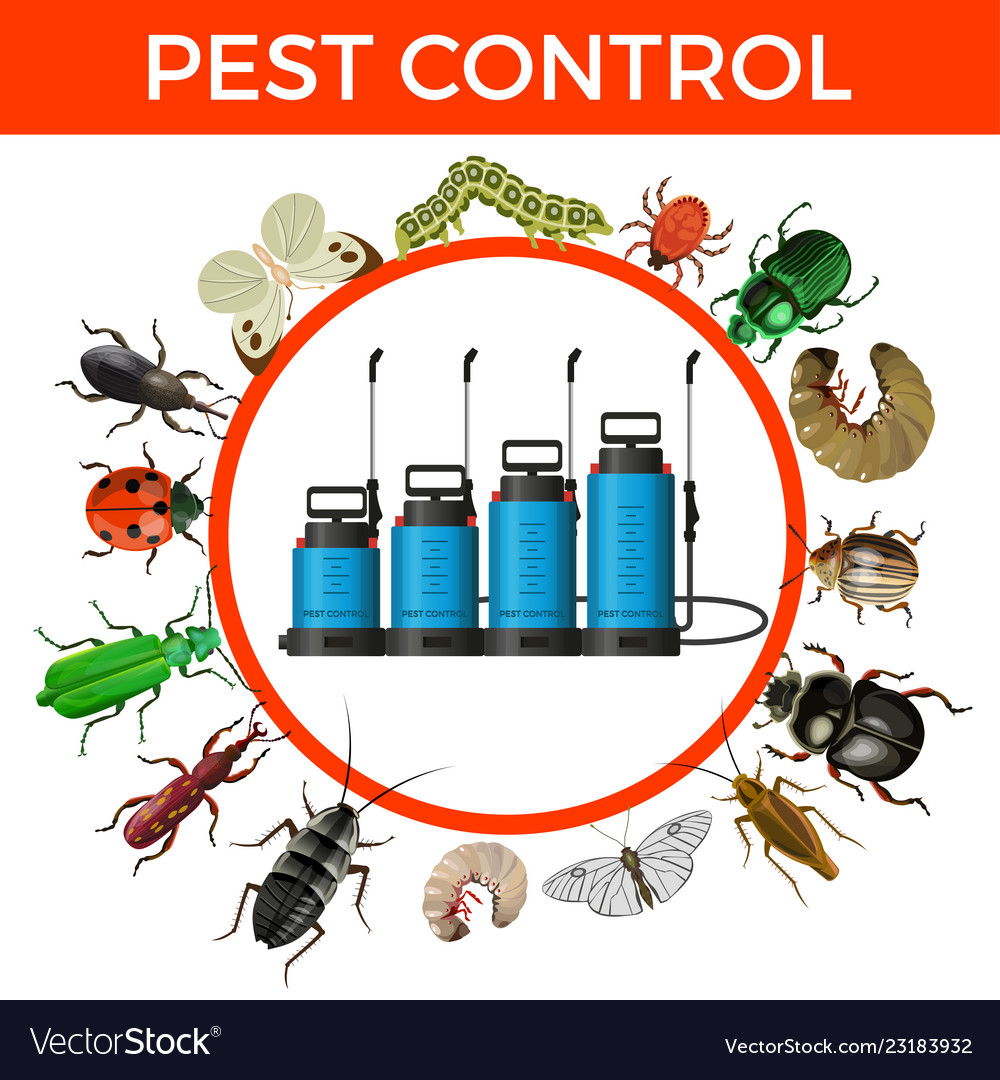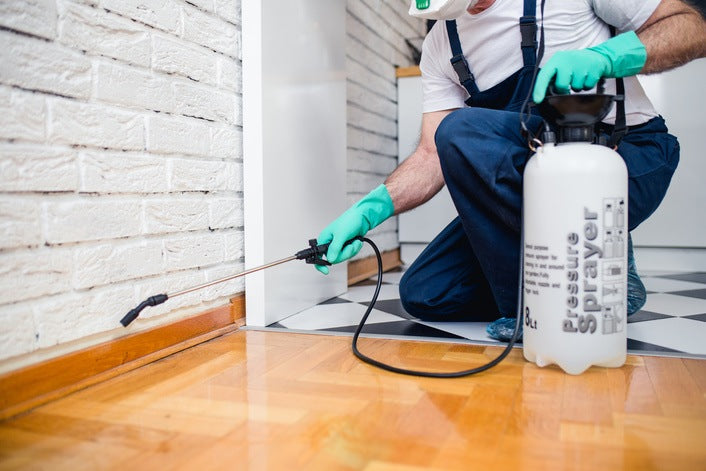Comprehensive Clovis Pest Control: Keeping Your Home Pest-Free
Comprehensive Clovis Pest Control: Keeping Your Home Pest-Free
Blog Article
Effective Insect Control Approaches for Long-Term Results
When it comes to reliable bug control strategies that generate enduring results, a thorough technique is essential. As we navigate with the complexities of parasite control approaches made for lasting effect, the amalgamation of numerous techniques is paramount.

Integrated Insect Management (IPM)
Executing an Integrated Parasite Management (IPM) strategy is vital for efficiently dealing with pest problems in a environmentally mindful and sustainable fashion. IPM is a comprehensive method that concentrates on long-term avoidance of bugs through a combination of techniques such as biological control, habitat adjustment, alteration of social methods, and making use of immune ranges. By incorporating these numerous methods, IPM aims to lessen using chemical pesticides, thus decreasing prospective injury to the atmosphere, non-target microorganisms, and human wellness.
Among the vital principles of IPM is monitoring and determining bugs precisely to establish the suitable activity thresholds. This involves routine inspection of structures or crops to spot very early signs of pest problems prior to they escalate. When parasites are identified, the following step is to carry out a mix of control measures based on the specific bug types, the level of the problem, and the possible dangers entailed. This tailored strategy not just efficiently manages pests but likewise assists in avoiding future episodes, making IPM a sustainable and economical solution for pest control.
Proper Cleanliness Practices

Structural Fixings and Exclusion
Effective pest control strategies typically demand structural repair services and exemption steps to fortify structures versus pest invasion. Structural repair services include fixing any kind of splits, voids, or openings in the structure's structure, wall surfaces, roofing, or home windows that pests can exploit to obtain accessibility. By sealing off these access factors, you can substantially decrease the likelihood of insects such as rodents, insects, and other unwanted intruders from penetrating your residential property.
In addition to fixings, carrying out exclusion actions is vital for lasting insect control success. This involves installing barriers or deterrents to avoid insects from getting in the structure. Common exemption approaches include installing door moves, screens on windows, and mesh vents to maintain insects out while still enabling correct ventilation.
Regular evaluations to identify and resolve potential access points, combined with aggressive architectural repair work and exemption techniques, develop a durable protection versus bugs. By prioritizing these procedures, homeowner can develop an unwelcoming environment for insects, inevitably leading to lasting insect control success and a pest-free living or functioning room.
Natural and Eco-Friendly Solutions
To enhance the structural fixings and exemption procedures focused on strengthening buildings versus pest invasion, exploring all-natural and environmentally friendly options presents a lasting method to lasting pest control. All-natural pest control approaches leverage organic, mechanical, or physical steps to handle and remove parasites without depending on synthetic chemicals. For instance, introducing all-natural killers like ladybugs to combat aphids in yards or using diatomaceous earth to regulate creeping insects work environment-friendly remedies. Additionally, employing methods such as crop turning, keeping appropriate hygiene practices, and sealing entry points can aid avoid pest problems without damaging the setting.
Environment-friendly insect control remedies not just lower the environmental influence of traditional chemical pesticides however also advertise biodiversity and overall environment wellness. By preventing making use of harsh chemicals, all-natural pest control approaches see here add to a more secure living setting for human beings, pets, and advantageous insects. Accepting these sustainable strategies not only addresses prompt parasite worries however likewise ensures long-term pest monitoring with minimal ecological disturbance.

Routine Tracking and Upkeep
Regular tracking and maintenance practices play a critical duty in sustaining long-term pest control efficacy within industrial and residential settings - clovis pest control. Constant monitoring enables the very early discovery of insect problems or indications of bug activity, allowing punctual treatment prior to the situation escalates. Normal examinations of essential areas susceptible to pest invasion, such as entrance points, storage space areas, and landscape design functions, are important to recognize and resolve prospective bug issues proactively
Furthermore, routine maintenance of the building is vital in decreasing aspects that attract pests, such as food sources, water build-up, and sanctuary possibilities. Carrying out correct hygiene techniques, fixing architectural damages, and eliminating mess can contribute dramatically to developing a setting less hospitable to bugs. In addition, ongoing maintenance of insect control procedures, such as traps, baits, and exclusion approaches, ensures their effectiveness in preventing parasites with time.
Final Thought
In conclusion, embracing an Integrated Parasite Management technique, keeping appropriate hygiene methods, carrying read out structural repairs and exclusion, using natural and environmentally friendly solutions, in addition to normal monitoring and upkeep work strategies for achieving long-lasting pest control results. clovis pest control. By implementing these approaches in a extensive and organized way, organizations and people can efficiently handle pest problems and avoid invasions from repeating
When pests are determined, the next action is to apply a mix of control steps based on the details insect varieties, the level of the problem, and the potential dangers great site entailed.Efficient pest control methods often necessitate architectural repairs and exclusion procedures to fortify buildings versus pest breach.To match the architectural repairs and exclusion measures aimed at fortifying buildings versus pest intrusion, exploring environment-friendly and natural solutions provides a lasting approach to long-term parasite control. All-natural insect control techniques take advantage of organic, mechanical, or physical measures to handle and remove bugs without depending on artificial chemicals. In addition, continuous maintenance of bug control steps, such as traps, baits, and exemption techniques, guarantees their efficiency in deterring insects over time.
Report this page